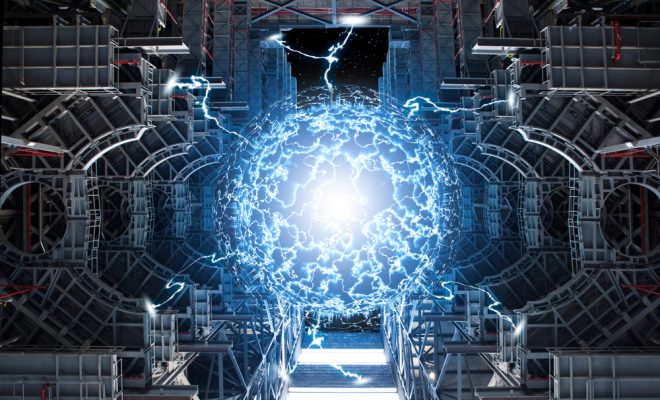What the Fusion Ignition Breakthrough Really Means for Energy

Introduction
The recent breakthrough in fusion ignition has generated significant excitement and hope for a revolutionary change in the way we produce and consume energy. This pivotal moment opens up possibilities for a cleaner, more sustainable, and ridiculously powerful energy source. In this article, we will examine the implications of this breakthrough, its potential impact on our energy landscape, and how it may shape our future.
Fusion Ignition Explained
Fusion ignition occurs when nuclear fusion reactions release more energy than is needed to sustain the reaction – essentially, when nuclear fuel becomes self-sustaining. This process differs from fission, which involves splitting atomic nuclei (as in nuclear power plants). Instead, fusion combines the nuclei of lighter elements like hydrogen or helium to create heavier elements such as helium or lithium. In doing so, vast amounts of energy are released, which can be harnessed for practical purposes.
Unlocking New Energy Potential
The fusion ignition breakthrough is a critical milestone that potentially unlocks an immense new source of clean energy. Unlike coal or natural gas power plants, fusion doesn’t produce harmful greenhouse gases or long-lived radioactive waste. Given that climate change is one of the most pressing issues facing humanity today, fusion energy represents an environmentally friendly alternative to fossil fuels and has the potential to completely revolutionize our current power infrastructure.
In addition to being cleaner than conventional power sources, fusion energy boasts an incredibly high energy yield. One gram of fusion fuel can generate as much energy as 11 tons of coal – that’s roughly equivalent to the total weight of two African elephants! As such, fusion technology promises a drastically more efficient means of generating electricity and could help meet growing global energy demands.
Economic Implications
It’s not just environmentalists who stand to gain from the commercialization of fusion technology; businesses and economies worldwide could also benefit significantly. The cost of building and maintaining large-scale fusion power plants is projected to be competitive or potentially even lower than that of existing nuclear fission plants. Furthermore, fusion-powered facilities are expected to have fewer safety concerns and smaller environmental footprints, ultimately leading to widespread acceptance and investment in this sustainable energy source.
Innovation and Collaboration
The fusion ignition breakthrough has been the result of international scientific collaboration and an enormous collective effort. This has implications for future research and technological advances as scientists worldwide work together to develop innovative solutions and applications based on fusion energy. The unprecedented cooperation between countries also holds promise for global unity in tackling some of our most pressing challenges like climate change.
Conclusion
The fusion ignition breakthrough marks a significant leap forward in our quest for sustainable, clean energy. It offers hope for a future where we can harness the power of the stars for practical purposes, greatly reducing our reliance on fossil fuels and moving toward a more environmentally responsible way of meeting our global energy needs. As this technology continues to evolve, we can expect great things both for our planet’s health and for economic growth and innovation.






